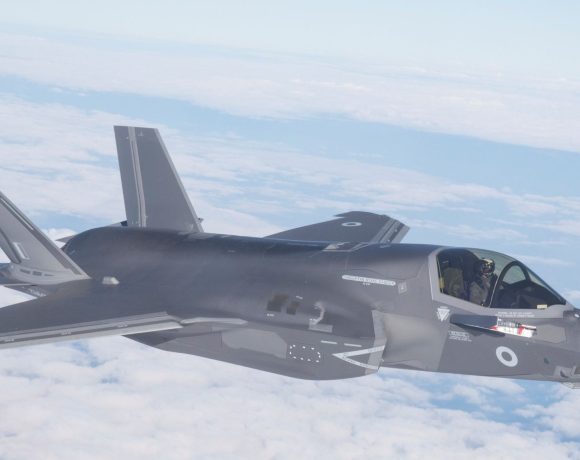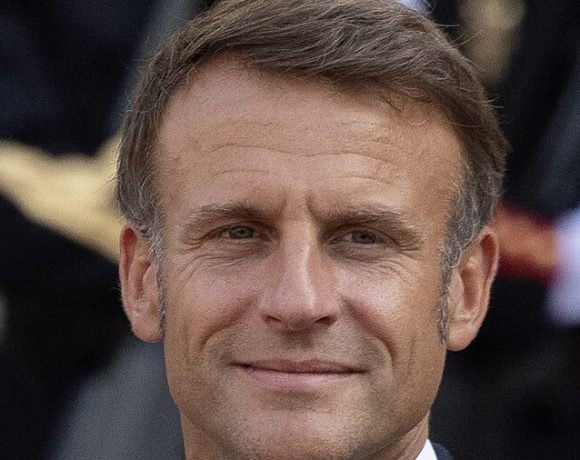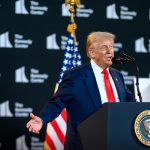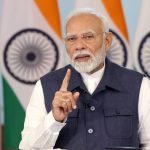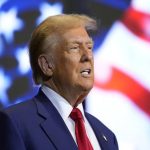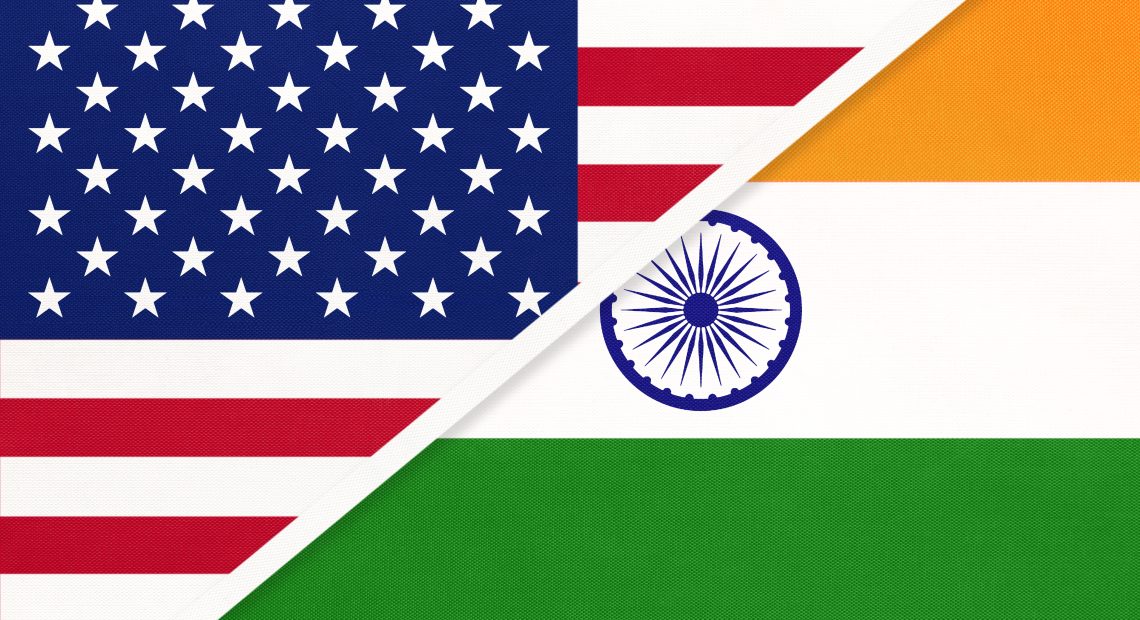
India–US Trade Talks End Without Deal Yet
Indian negotiators have returned from Washington after completing the fifth round of bilateral trade discussions with the United States. Despite extended talks and optimism on both sides, no interim agreement was reached. With the August 1 tariff deadline looming, businesses in both countries are on edge.
The Indian delegation engaged with U.S. officials on a range of topics, including agriculture, automobile imports, digital trade regulations, and tariff structures. Officials indicated that progress was made, but several contentious points remain unresolved.
Stalemate Over Agriculture and Digital Trade
One of the main sticking points continues to be U.S. pressure on India to allow imports of genetically modified (GM) agricultural products and processed food. India, which maintains strict biosafety protocols, has resisted such demands. Similarly, digital trade has emerged as a flashpoint, with India pushing back against proposals that it sees as infringing on data sovereignty and domestic regulatory control.
Automobile tariffs also remain a concern, with the U.S. seeking lower duties for its exports, while India insists on protecting its domestic manufacturing sector.
Business Impact Growing
Uncertainty around the potential imposition of U.S. tariffs has already started impacting Indian exporters, particularly in the textile, jewellery, seafood, and electronics sectors. Several exporters have reported delays in shipments and deferred international orders as buyers await clarity on duty rates. Indian industry groups have urged both governments to settle the issue quickly to prevent further disruptions.
Trump Signals Willingness, But Firm Conditions Remain
U.S. President Donald Trump has hinted that a trade deal with India is still possible before August 1, but stressed that it would require significant movement on key issues. The U.S. side is reportedly weighing tariff actions if negotiations do not result in a framework agreement within the next 10 days.
Sources suggest that both governments are still aiming for a limited trade pact, which may include tariff relief on select goods and confidence-building measures, rather than a comprehensive free trade agreement at this stage.
What Comes Next
Indian officials are expected to hold internal consultations this week, followed by potential virtual negotiations before the end of the month. If no deal is reached, U.S. tariffs could take effect as early as the first week of August, possibly triggering reciprocal action from India.
For now, the suspense continues, with industries, investors, and policymakers closely watching the clock.


